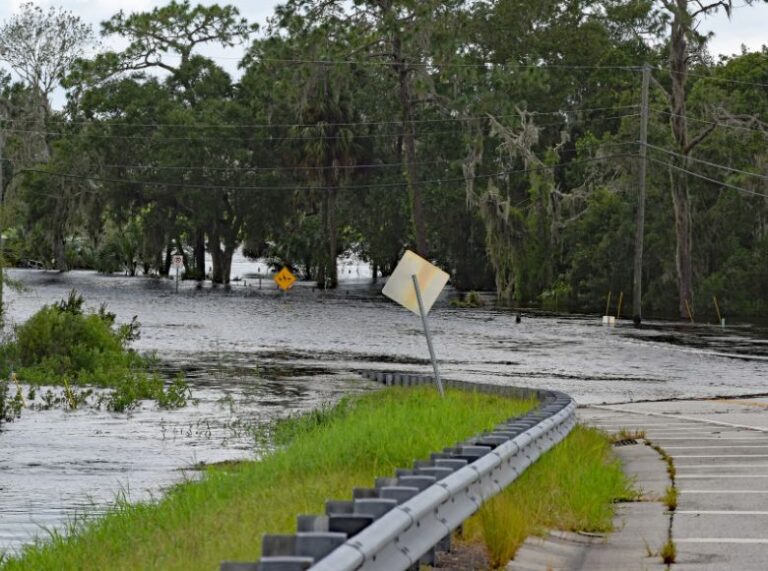When it comes to flood damage, think of scenarios where natural water sources contribute to rising water levels that ultimately reach your property. For instance, if a river overflows after heavy rainfall and causes water to flow onto dry land, submerging streets and seeping into your home or business, this is considered flood damage. Similarly, if a hurricane or tropical storm brings in seawater that overflows coastal barriers and fills your ground floor, this too is classified as flood damage. Even heavy rains that lead to flash flooding, sending a torrent of water toward your property and entering through your basement or ground-floor windows, would fall under this category. These examples emphasize that flood damage is typically associated with water originating from external bodies of water.
By contrast, water damage is generally caused by internal issues or isolated weather impacts that don’t involve rising levels of bodies of water. A classic example of water damage is a burst pipe in a wall or a ruptured hot water heater, both of which can unleash gallons of water into your property. In colder climates, frozen pipes can burst as they thaw, releasing water that damages floors, walls, and ceilings. A leaky roof resulting from ice dams or accumulated snow can lead to ceiling stains, sagging drywall, and mold growth – all considered water damage because the source is within the structure rather than from a natural water source.
Rain can cause both types of damage, depending on how it affects the property. For example, water pooling around your foundation due to saturated soil can leak into your basement and is often classified as flood damage. However, rain seeping through the roof due to poor shingle maintenance is more likely to be considered water damage, as it arises from an issue with the building’s integrity. Insurance adjusters may carefully examine whether poor building maintenance contributed to this type of damage. A neglected roof with worn shingles or a clogged gutter system that overflows can lead to claim denials if the cause is attributed to a lack of routine upkeep.
Lastly, sewage backups resulting from heavy rainfall can fall into a gray area. If rainwater causes municipal sewer lines to back up and flood your basement, it may be classified as flood damage, depending on your policy and if specific sewage backup coverage isn’t included. In contrast, a sewage backup caused by internal plumbing issues, such as a clogged drain, could be considered water damage.
These distinctions illustrate why it’s essential for property owners to fully understand their insurance policies and, where necessary, invest in additional coverage for flood damage or sewer backups to protect against potential claim denials.



